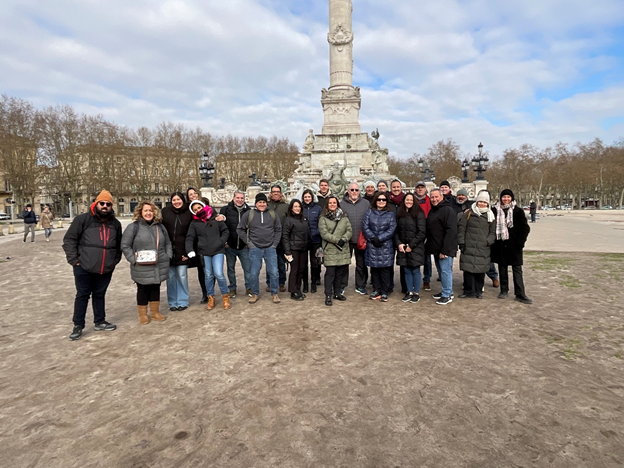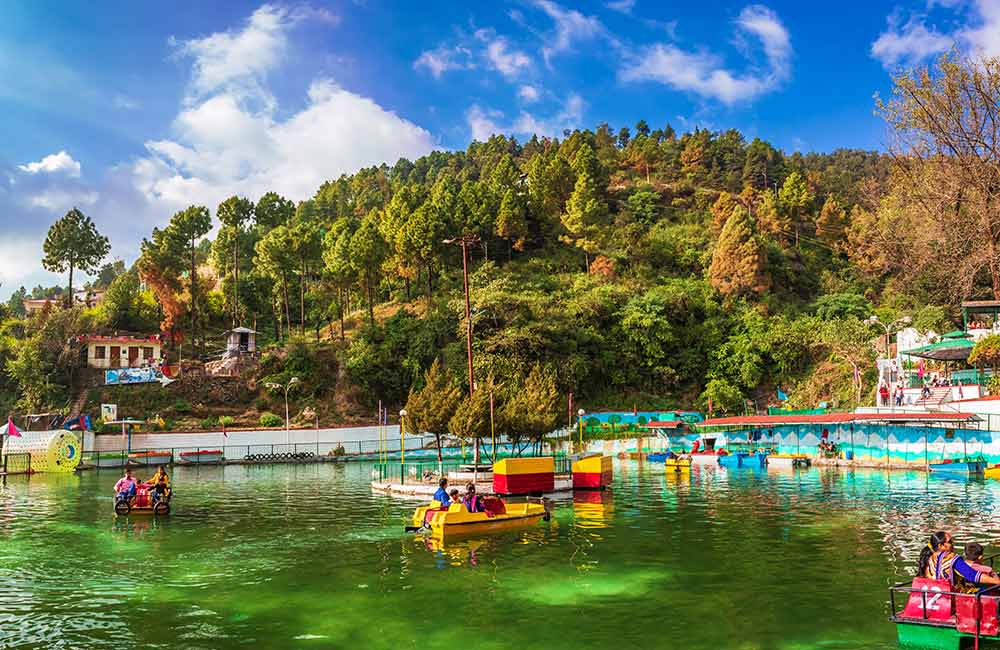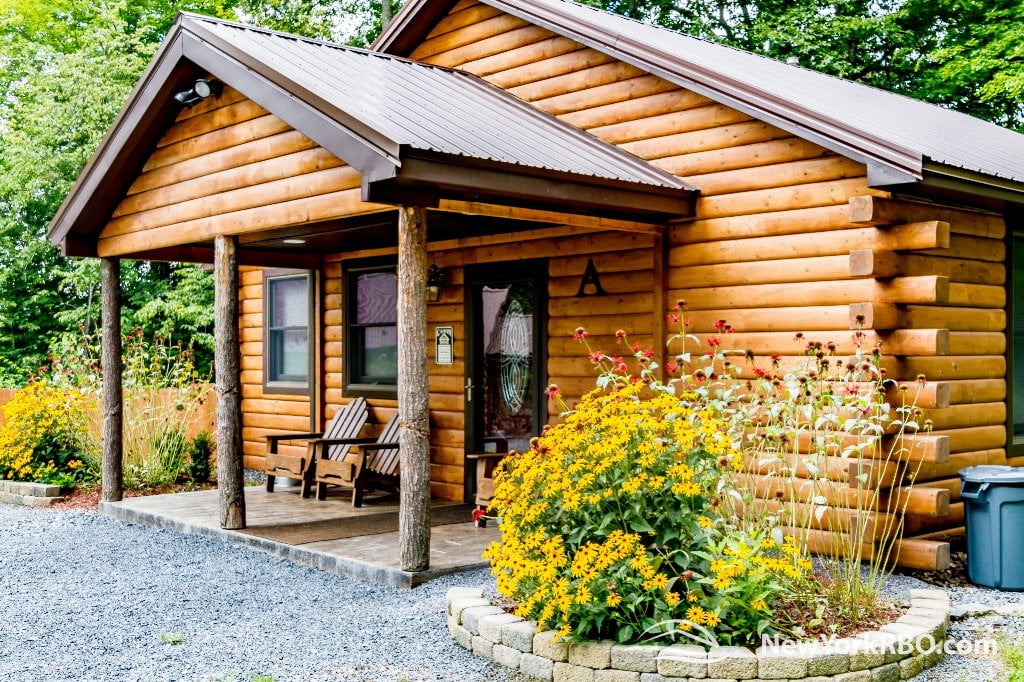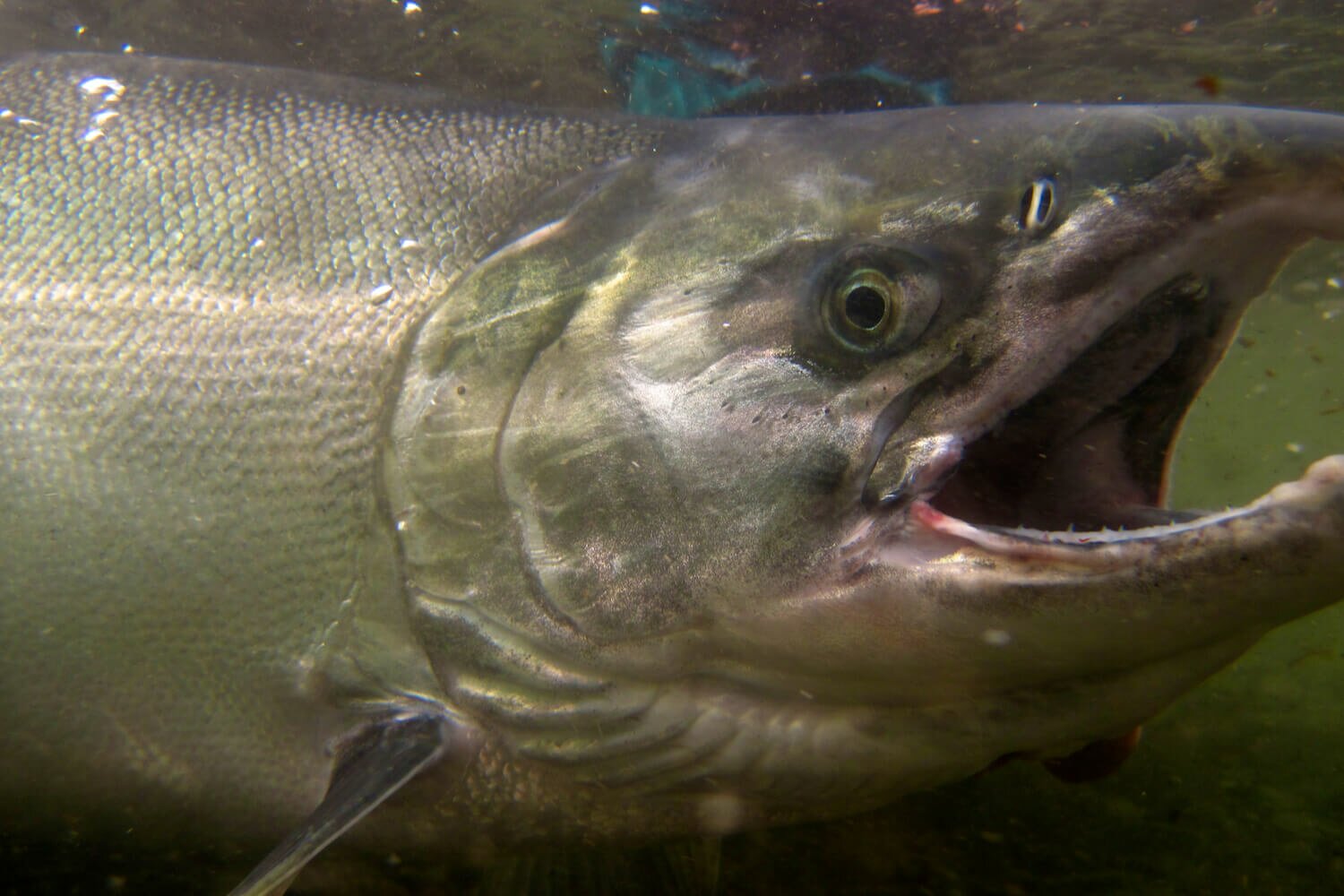Revitalizing Nature’s Beauty: Grand River Rapids Restoration Efforts

The Grand River Rapids: A Natural Wonder in Need of Revival
The Ecosystem at Stake: Species and Habitats Under Threat
The Grand River Rapids, nestled amidst one of North America’s most biodiverse regions, stands as a significant trove of ecological treasures. Renowned for its role in Grand River Rapids restoration, the area provides a crucial habitat for both aquatic and terrestrial life. Chief among the residents, the endangered Eastern Sand Darter relies on the clean, flowing waters and specific substrate types found within the rapids for reproduction and refuge. Additionally, migratory birds such as the stately Great Blue Heron and various duck species depend on the area for nesting and feeding, rendering the health of the ecosystem vitally important not merely for the species residing there but for entire migratory patterns critical to regional biodiversity.
However, this delicate balance faces numerous dangers posed by anthropic factors compromising water quality and habitat integrity. Urbanization, agricultural runoff, and climate change-induced weather aberrations have all contributed to a decline in water quality while disrupting natural habitats. Invasive species like the prolific Zebra Mussel and voracious Asian Carp further exacerbate issues by vying for resources and altering ecosystem dynamics. To grasp the urgency of the ongoing restoration efforts, one must recognize that the loss of any species within this ecosystem risks precipitating a cascading effect, endangering further flora and fauna. Hence, preservation and reinvigoration of the Grand River Rapids are not simply beneficial – they are absolutely crucial to maintaining ecological equilibrium.
The Historical Significance of the Grand River Rapids
Historically, the Grand River Rapids played a significant role in the lives of indigenous tribes, serving as a vital resource for fishing and transportation. Native American tribes, including the Ottawa and Potawatomi, thrived along the riverbanks, utilizing the rapids not only as a source of sustenance but also for cultural practices and trade routes that connected different communities. The Grand River was revered as a life-giving waterway, a symbol of abundance and natural beauty intertwined with the spiritual practices of the tribes. As European settlers began to encroach upon these lands in the 19th century, the river’s significance was commodified for industrial use, leading to the construction of dams and water diversion projects that drastically altered its natural flow and ecological health.
The historical upheaval laid the groundwork for the present degradation, but in recent years, there has been a surge in interest in rediscovering and honoring the historical relationships indigenous peoples once had with the Grand River. This resurgence involves not just environmental restoration efforts, but also cultural reclamation, as local communities seek to revive traditional ecological knowledge that has existed for centuries. By integrating these historical perspectives into modern restoration initiatives, stakeholders are fostering a holistic approach that combines environmental stewardship with respect for ancestral heritage—these narratives become crucial to the ongoing efforts to restore the Grand River Rapids.
The Cultural Importance: How the Rapids Shape Local Communities
Historically, the Grand River Rapids played a pivotal role in the lives of indigenous tribes, serving as both a vital resource for fishing and transportation and as an essential artery connecting communities. Native American tribes such as the Ottawa and Potawatomi flourished on the fertile riverbanks, leveraging the rapids not merely as a source of sustenance but also as the site of cultural practices and trade routes linking distinct groups. Revered as a life-giving waterway, a symbol of both abundance and natural beauty interwoven with the tribes’ spiritual customs, the Grand River held deep significance. However, as European settlers increasingly encroached upon these lands during the 19th century, the river’s importance was exploited for industrial use, resulting in the development of dams and diversions that drastically altered its natural flow and impaired its ecological health.
The historical upheaval established the foundation for today’s degradation, yet in recent years a resurgence of interest in rediscovering and honoring the ancestral relationships indigenous peoples once maintained with the Grand River has emerged. This revival entails not simply environmental restoration initiatives but also cultural reclamation as local communities seek to revive traditions of ecological knowledge cultivated for centuries. By integrating such ancestral viewpoints into modern restoration goals, stakeholders are fostering a holistic approach merging environmental stewardship with respect for heritage—these narratives proving integral to ongoing efforts to restore the Grand River Rapids.
Behind the Scenes: The Restoration Journey Begins
The Visionaries: Meet the Restoration Experts Leading the Charge
The restoration of the Grand River Rapids is a complex endeavor requiring the collaboration of a diverse group of professionals, including ecologists, hydrologists, environmental engineers, and local activists. These visionaries not only bring a wealth of knowledge pertinent to their respective fields but are deeply passionate about the river’s revival. Efforts toward Grand River Rapids restoration are being championed by organizations such as the Grand River Watershed Alliance and the local chapter of Trout Unlimited, which are spearheading initiatives geared towards comprehensive ecological restoration. Their commitment goes beyond mere conservation; they aim to create a model for future restoration projects across the country by rigorously testing strategies that have successfully been applied in other regions.
Additionally, these experts understand the importance of integrating science with local needs and perceptions. Their holistic approach involves continuous community dialogue, ensuring that restoration plans align with the values and desires of local residents. Alongside advanced scientific methods, they incorporate traditional ecological knowledge shared by indigenous communities, fostering a collaborative atmosphere that respects history while pioneering innovative solutions. This multi-disciplinary team is crucial in crafting a multifaceted restoration strategy that addresses both immediate ecological challenges and long-term sustainability.
Innovative Techniques: From Bioengineering to Community Involvement
The ambitious restoration of the picturesque Grand River Rapids necessitates collaboration between an assorted crew of experts dedicated to reinvigorating the waterway’s ecology, hydrology, and history. United in their passions for reviving the river are ecologists scrutinizing fauna and flora, hydrologists probing flows and levels, environmental engineers devising remedies, and activists voicing community visions. Groups spearheading restoration like the Grand River Watershed Alliance and local Trout Unlimited chapters initiate diverse schemes informed by lessons learned elsewhere. Their aims surpass mere preservation, testing elsewhere-proven techniques to craft an exemplar inspiring future projects nationwide.
Additionally, these proficient professionals recognize integrating scientific and public perspectives vital. Continuous conversations ensure restoration aligns with residents’ values and desires through their encompassing approach. Besides advanced scientific methods, traditional Native knowledge shared reveals respect for the past while pioneering future-oriented solutions. This multi-skilled team’s intricately interwoven long and short-term restoration strategies address both present ecological issues and sustainable stewardship, crafting a collaborative atmosphere appreciating diverse inputs.
Challenges and Triumphs: The Rollercoaster of Restoration Projects
Restoration of the Grand River Rapids initiative confronts innumerable obstacles, as is common for such projects undertaking the revitalization of damaged ecosystems. Funding poses a perpetual struggle, necessitating creative solutions like appeals to public and private benefactors as well as civic fundraising drives to sustain the long-term vision. Financial support is prone to the ebbs and flows of leadership transitions and shifting governmental agendas, demanding resilience to maintain continuity through uncertainties. Engendering durable community participation similarly proves a test, with success dependent on the demonstrations of incremental betterment rallying further commitment to the cause.
Coordinating ecological and commercial interests introduces additional complexity, as certain human activities jeopardize the very environment upon which local livelihoods depend. Agriculture and construction endanger native flora and fauna, compelling engagement with stakeholders to balance needs on all sides. Early initiatives targeting sediment loads have given hope, restoring water clarity and native fish populations while cultivating behavioral adjustments amongst citizens. Yet interactions with surrounding populations also introduce complications, and educational outreach seeks behavioral modifications where waste disposal endangers the riverway.
Despite innumerable impediments, from funding volatility to negotiating various demands upon the land, examples of progress reinvigorate community resolve. Witnessing revitalization nourishes relationships as residents join together toward a shared vision of restoration. Successes stem cooperation as the movement grows from strengths attain collective effort provides. Each small victory against the many challenges fortifies bonds within the populace and galvanizes further participation in the initiative to restore the Grand River Rapids for all.
Engaging the Community: A Collaborative Approach to Conservation
The Role of Local Volunteers: Heroes of the Restoration Effort
Community volunteers have emerged as the quiet heroes of the Grand River Rapids revitalization projects. Their enduring commitment, generous contribution of time, and manual labor embody the spirit of earth stewardship required for restoration undertakings to succeed. Through organized cleanups, tree planting drives, and habitat rehabilitation events, these grassroots champions foster a profound bond with their environs. Not only do volunteers aid in physically renovating landscapes but they also serve as vital conduits for disseminating awareness and instruction about the intricate ecology of the Grand River Rapids.
The presence of volunteer corps cultivates a sense of relational accountability within the community—each person becomes an advocate for nature, educating their peers on the importance of a healthy ecosystem. Programs that motivate families and schools to participate together not simply deepen communal ties but also introduce the principles of environmental responsibility to younger generations. Sometimes the passion of local volunteers can leverage heightened public interest in neighborhood politics, advocating for protective legislation that further safeguard the area’s ecological health. By emphasizing the collective labor of the community, the Grand River Rapids initiative reminds us that restoring nature is a communal journey that thrives on shared zeal and purpose.
Education and Awareness: Harnessing the Power of Public Engagement
Education serves as the backbone of successful conservation efforts within the Grand River Rapids. By harnessing the power of public awareness, restoration advocates are able to ignite passion for preserving the natural environment. Local schools are instrumental in this endeavor, integrating programs about the Grand River’s history and ecology into their curricula. Field trips provide firsthand experiences of the river’s beauty, allowing students to witness the effects of pollution and habitat loss, fostering a deep-rooted appreciation for nature’s splendor.
Workshops and seminars are also key to cultivating a knowledgeable public. Educational initiatives aimed at understanding bioengineering, invasive species identification, and the restoration process empower community members to become active participants in advocacy. Additionally, digital platforms and social media campaigns effectively disseminate information, keeping the broader community engaged and informed about ongoing efforts, successes, and ways to contribute. By inspiring individuals to take action, these educational initiatives foster a culture of environmental responsibility that extends well beyond the restoration period, ensuring enduring advocacy for the Grand River Rapids.
Events and Initiatives: How You Can Get Involved in the Restoration
Engagement with the restoration movement extends beyond educational programs; there are numerous events and initiatives organized throughout the year which invite community involvement. Annual river festivals celebrate the Grand River Rapids, featuring activities like guided eco-tours, nature workshops, clean-up events, and local artisans showcasing river-themed art. These gatherings serve not only to raise awareness but also to celebrate the collective progress made toward restoring the river, creating a sense of familial belonging rooted in the celebration of natural beauty. Furthermore, the initiative hosts regular volunteer days, where community members can roll up their sleeves and contribute directly to restoration efforts.
Whether it’s planting native flora, removing invasive species, or monitoring the health of local wildlife, these actions allow volunteers to witness the impact of their contributions firsthand and contribute to their local ecosystem’s restoration. Beyond labor, there are also opportunities for advocacy; volunteers can engage in lobbying efforts, reaching out to local legislators to push for policies that protect and sustain the Grand River. The possibilities for involvement are abundant—every effort, no matter how small, helps reshape the future of the Grand River Rapids, reflecting a shared vision of ecological restoration.
Looking Ahead: The Future of Grand River Rapids
Long-term Goals: Sustainable Practices for Continued Preservation
The vision for the Grand River Rapids transcends immediate restoration efforts; it encompasses a commitment to long-term sustainability that takes into account the intertwined relationships between ecological health, community resilience, and economic vitality. Long-term goals include maintaining natural waterways through judicious management of water resources, regularly assessing and adapting restoration techniques based on scientific research, and employing sustainable agricultural practices that minimize runoff into the river. By fostering partnerships with local farmers, the initiative aims to implement strategies that benefit both agriculture and the ecosystem—for instance, creating buffer zones along fields that act as filters to block pollutants from entering the river.
Furthermore, the integration of community voices into conservation dialogues allows for sustainable practices that reflect the community’s unique historical and cultural contexts. Maintaining open channels for feedback ensures that the restoration initiatives remain responsive to the needs and aspirations of local residents. As climate change continues to threaten the integrity of both ecosystems and human settlements, resilient strategies that adapt to evolving environmental conditions will be essential for the future preservation of the Grand River Rapids.
Monitoring Success: How Restoration Efforts Will Be Measured
To guarantee the success of restoration efforts, a robust framework of monitoring and evaluation is paramount. Baseline data is collected prior to restoration implementation to track changes in water quality, biodiversity levels, and habitat conditions over time. This data-driven approach empowers project leaders to assess effectiveness and adaptively manage restoration strategies as necessary. Longitudinal studies on fish populations, sedimentation patterns, and vegetation growth provide valuable insights into the ecological recovery process, enabling stakeholders to celebrate successes and identify areas in need of adjustment.
Moreover, community engagement plays a crucial role in monitoring. Training local volunteers to assist in data collection and analysis fosters a sense of ownership and investment in the river’s health. Citizen science programs that allow residents to report on local sightings of native species, invasive plants, or water quality levels not only contribute to scientific understanding but also encourage continuous involvement and education. This participatory monitoring model stands as a testament to the collaborative nature of the Grand River’s restoration, emphasizing that every community member can contribute to ensuring a thriving ecosystem—measuring success is a shared responsibility.
Inspiring Other Projects: Sharing Lessons Learned Beyond the Rapids
The journey to restore the Grand River Rapids holds valuable lessons that resonate far beyond the local context. As a case study, the collaborative models used here serve as potent blueprints for other regions grappling with similar ecological challenges. By documenting successful strategies and innovative practices, the initiative can foster a network of shared knowledge among restoration projects across the country and beyond. This knowledge-sharing encompasses everything from bioengineering techniques to community engagement frameworks, empowering other communities to harness their strengths in the fight against environmental degradation. Conferences, workshops, and presentations in academic and public forums allow stakeholders to disseminate their successes while also learning from other restoration efforts. By weaving narrative threads from the Grand River Rapids into the broader tapestry of environmental restoration, communities can inspire one another to take action, advocating for their own local ecosystems while also promoting the importance of collective action.
The overall impact is a burgeoning movement that transcends territorial limits, fostering a unified front for preserving the fragile, interconnected ecosystems that underpin the health of our planet. In conclusion, the restoration of the Grand River Rapids is a multidimensional effort that invites every member of the community to partake in an ongoing journey of environmental stewardship. While the challenges are significant, the collective dedication to revitalizing this natural wonder serves as an inspiring testament to what can be achieved when visionaries, experts, and local volunteers unite for a shared cause. Together, they stand as guardians of the river’s legacy, ensuring that its beauty, biodiversity, and cultural significance endure for generations to come.






